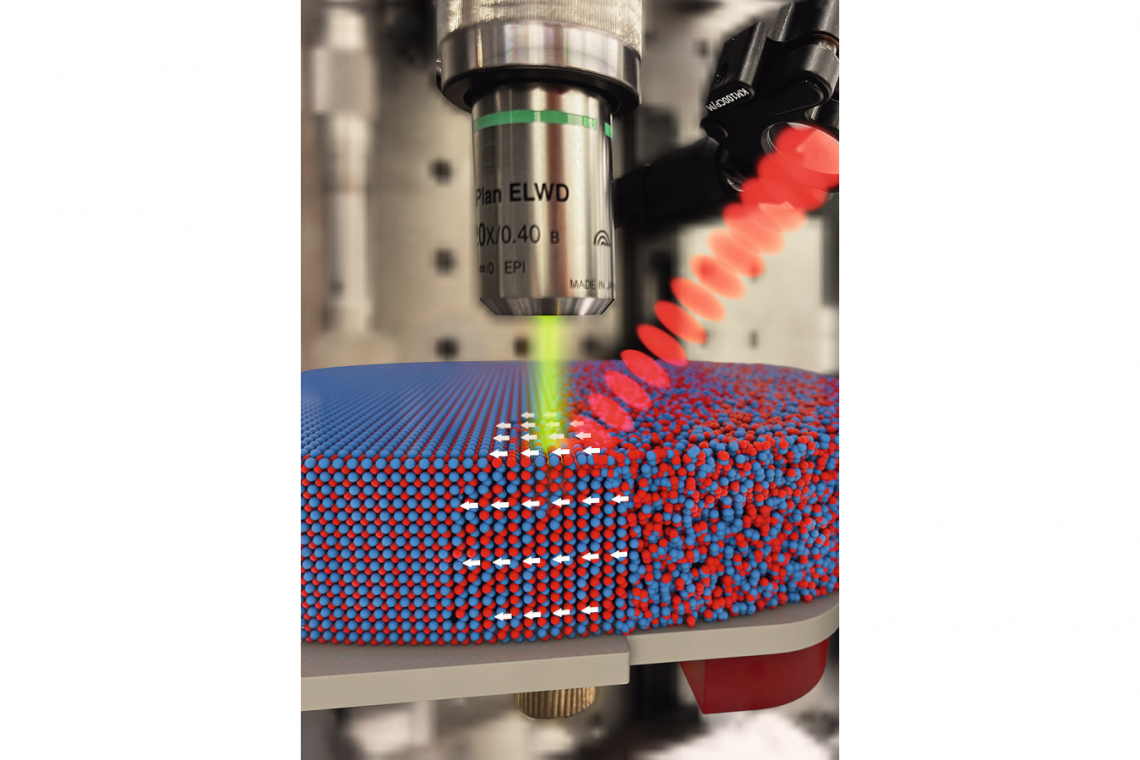When a strong laser pulse hits certain iron alloys, e.g. an alloy of iron and vanadium, the material melts briefly at the irradiated point and a tiny magnetic area forms. This was discovered by a team led by the Helmholtz-Zentrum Dresden-Rossendorf (HZDR) and with the participation of the Laserinstitut Hochschule Mittweida (LHM).
The explanation for this is that the laser pulses rearrange the atoms in the crystal in such a way that the iron atoms move closer together and thus form a magnet. With a series of weaker laser pulses, it was possible to demagnetize again. The researchers had thus discovered a way to create and erase tiny "magnetic spots" on a surface. Possible applications include sensitive magnetic sensors, magnetic data storage and spintronics. Here, magnetic signals are to be used for digital computing processes instead of the usual electrons passing through transistors - a possible approach for the computers of the future.





